Education
Why We Stay Open
Haus of Peace provides a sanctuary of hope and renewal for women who have endured the unimaginable. Homelessness is more than the absence of physical shelter; it represents a lack of security, stability, and peace. The plight of homelessness and abuse are intertwined challenges that disproportionately affect women, often leaving them with few places to turn for support and protection.
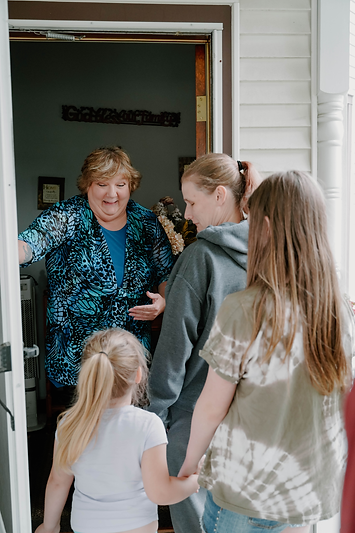
Educate Yourself: Domestic Violence
Why Does Domestic Violence Happen?
Domestic violence is a learned behavior by the abuser. After witnessing patterns of domestic violence from their families, friends, or societal influences, people may develop and repeat the same patterns over time. Remember that domestic violence is never the victim’s fault, no matter what. Battering Intervention and Prevention Programs (BIPP) are there to change existing belief systems, and people who have previously learned to abuse others can change their behaviors, but only if they desire to change and are committed to changing in all aspects.
Swipe through to learn more about why domestic violence happens and who it often affects.
Educate Yourself: Why Victims Don’t Leave
A frequent question is: Why don’t victims of abuse leave their abusers? Why do they choose to stay in an abusive relationship? The truth is leaving isn’t always an option and victims typically face many safety and economic barriers when even considering leaving.
Continue reading through the statistics below to learn more about why victims may have trouble leaving an abusive relationship.
Educate Yourself: Recognizing The Signs
When many people think of domestic violence, they think of physical abuse, but the truth is domestic violence isn’t always visible to the eye. Domestic violence is anything that is done to gain power or control over an intimate partner, and it can include manipulation or threats through money, words, immigration status, child custody, or social media.
While the progression of abuse and violence is gradual, there are behavioral signs, red flags, that show up in the early stages of the relationship. Keep reading to learn more about the early warning signs and patterns of domestic violence.
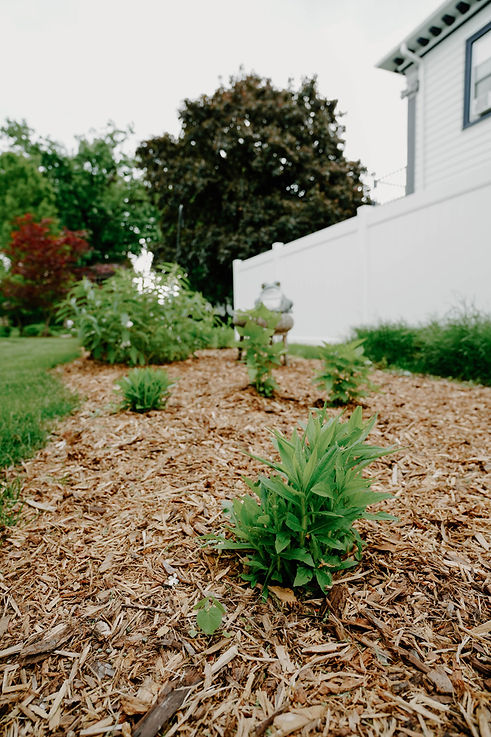
Types of Domestic Violence Can Include:
-
Emotional and verbal abuse
-
Physical abuse
-
Financial abuse
-
Sexual abuse
-
Technological abuse
-
Spiritual abuse
An abuser may not be physically violent until much later in the relationship. This is why it is important to understand early signs of unhealthy relationships and to pay attention to how someone reacts to you when the situation isn’t going as planned for them.
The beginning of a relationship is when both people are displaying the best versions of themselves, if someone begins to show behaviors that cause you to feel worried or uncomfortable, it means something; trust that feeling.
If you are afraid, or something about this person doesn’t feel right, it is for a reason. While it may seem harsh to leave a relationship because of warning signs or uneasy feelings, the best time to leave is early on, before you are entangled in the relationship and the behavior escalates.
Red Flags:
Even one or two of the following behaviors in a relationship could be red flags:
-
Possessiveness, extreme jealousy, and isolation – this can include restricting, discouraging, or preventing you from spending time with your friends, family, or peers and away from him/her. This person is trying to consume all of your time.
-
Controlling your decision-making in work, school, or your personal or social life controlling your digital devices, or using technology to monitor, threaten, harass or hurt you; abusers use devices to track your whereabouts and will want passwords and access to your devices and social media accounts.
-
Talking to you in a way that is demeaning, shaming, or disrespectful – alone or in public.
-
Acting in one way when you’re alone and another way when you’re around people.
-
Blaming you for everything that happens and not taking responsibility for his or her own behavior, feelings, or problems.
-
Making you believe that something you did caused them to hurt or mistreat you and that you deserved it, and you are having to comfort them after they hurt you or change your behavior out of fear.
-
Telling you that you are never doing anything right and that it is always your fault.
-
Intimidating or threatening you through words, actions, manipulation, or weapons.
-
Pressuring you into sexual acts you are not comfortable with.
-
Stalking can also be a predictor of domestic violence.
Source: The Domestic Violence National Hotline
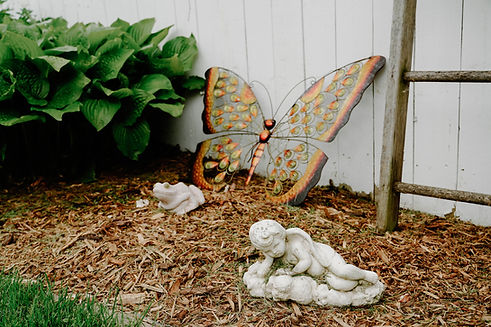
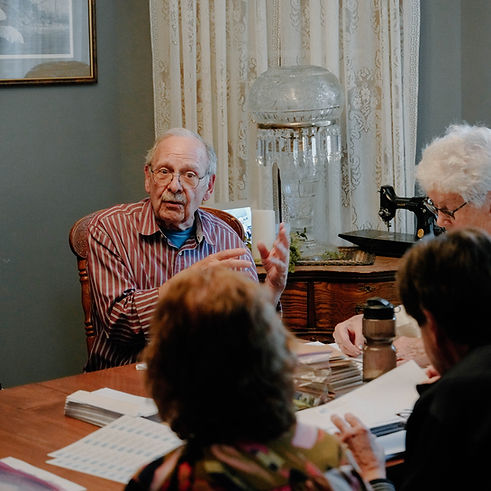
Questions to Ask Yourself About Your Partner:
Ask yourself these questions to identify if your partner is showing signs of being an abuser:
-
How do they speak to you when they are angry or frustrated with you?
-
Are they reacting out of insecurity, jealousy, and anger, but masking it as love or protection?
-
Are they complimenting you in a back-handed way or making passive-aggressive comments or insults?
-
Does their behavior change when you are alone or in public?
-
When you are running late, forget to pick up groceries, or talking to a male friend, are you afraid of how they will react, or what will happen if they find out?
-
Do they make you feel like their anger is always your fault and/or your responsibility?
Remember that everyone deserves a respectful, healthy, and safe relationship and nothing ever justifies abuser violence. You can make a mistake or act imperfectly, and it still doesn’t give anyone the right to take out their anger on you in any form of violence.
Educate Yourself: Building Healthy Relationships
Learning to Set Healthy Boundaries Early in the Relationship
It is important to understand that victims of domestic violence aren’t necessarily codependent, to begin with, but can become codependent as a result of the abuse. Boundaries are defined by Mental Health America as the physical and emotional limits we set to protect ourselves from being manipulated or used by others, and therapist Kristen Flow explains that boundaries have to do with what we need in order to feel safe and respected. Remember that you have every right to set clear boundaries for yourself, and you never have to explain or defend them.
Setting Healthy Boundaries: A Step-By-Step Guide
01.
Begin by Defining Your Boundaries For Yourself
Ask yourself: What is okay with me and what is not okay with me? e.g. It is not okay for people to speak to me in a disrespectful way.
02.
Firmly Communicate Your Boundaries With Others
Tell them what the boundary is and what you will do if it continues to be crossed. e.g. "Please do not yell at me. If you continue to yell, I will leave the room."
03.
Once You Have Set the Boundary, Follow Through
Be consistent. How we respond to others tells them what behavior we will tolerate from them. When we go back on our statement, it shows others that they can ignore our boundaries – and we will allow them to.
The second someone crosses a boundary we have set early on in the relationship, and we let it go instead of enforcing it, they learn that there are no consequences to their actions, and they are likely to repeat that behavior. Abusers know they have gained power over someone when a person repeatedly forgives them and gives in to their demands, slowly relinquishing their own power.
Preventing Domestic Violence: Promoting Healthy Relationships
-
All forms of intimate partner violence are preventable – and the best pathway of prevention is teaching and promoting healthy, respectful, and nonviolent relationships, starting at a young age.
-
It is important that children understand and see what healthy relationships look like, are able to identify unhealthy signs of a relationship, and learn how to take themselves out of a bad situation or relationship, safely but assertively.
-
It is important that children understand the difference between a loving, healthy, and safe relationship and an unhealthy one, so they can make choices that support their well-being.
-
Children need to learn early on that controlling behaviors are not the same as love and protection; no one should make you feel afraid in the name of love.
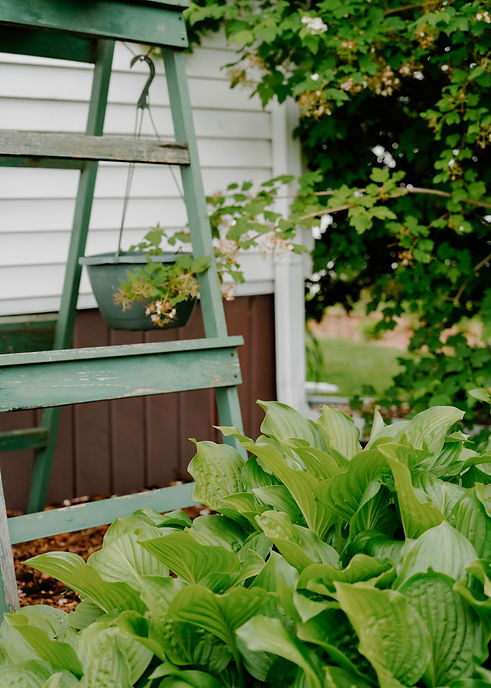
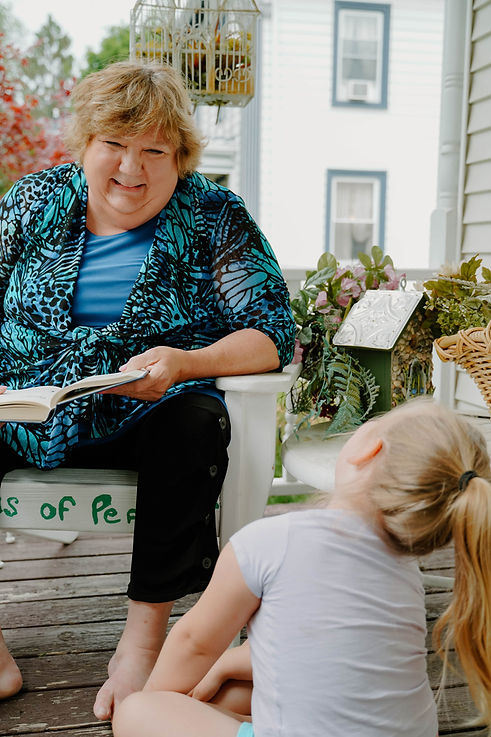
We Must Have Conversations With our Children, Teaching Them:
-
How to properly regulate emotions and resolve problems without taking out your anger on someone or something else.
-
How to treat everyone with respect and understand when you are being mistreated.
-
Respecting other people’s physical, emotional and digital boundaries and ensuring our own boundaries are respected.
-
Recognizing the first time our boundaries are violated is key, and ending the relationship before the behavior or abuse escalates.
-
How to feel secure in yourself and in your relationships.
-
How to take responsibility for our own decisions and not take the blame for someone else’s.
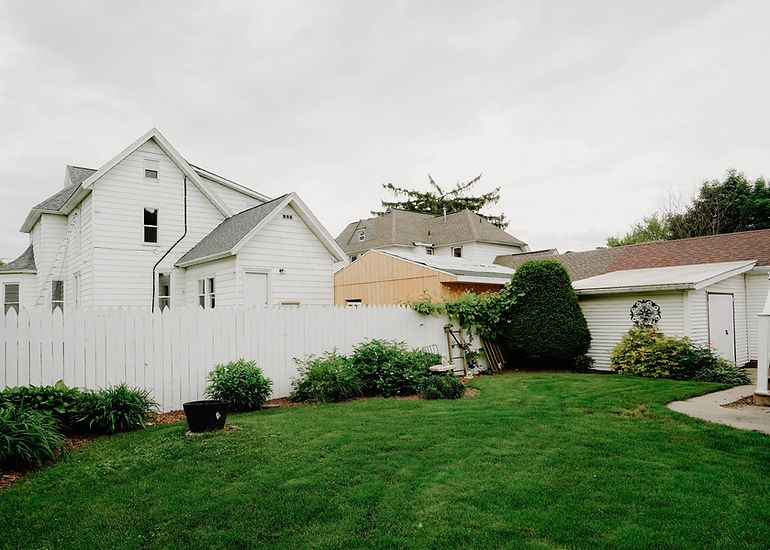
.png)


